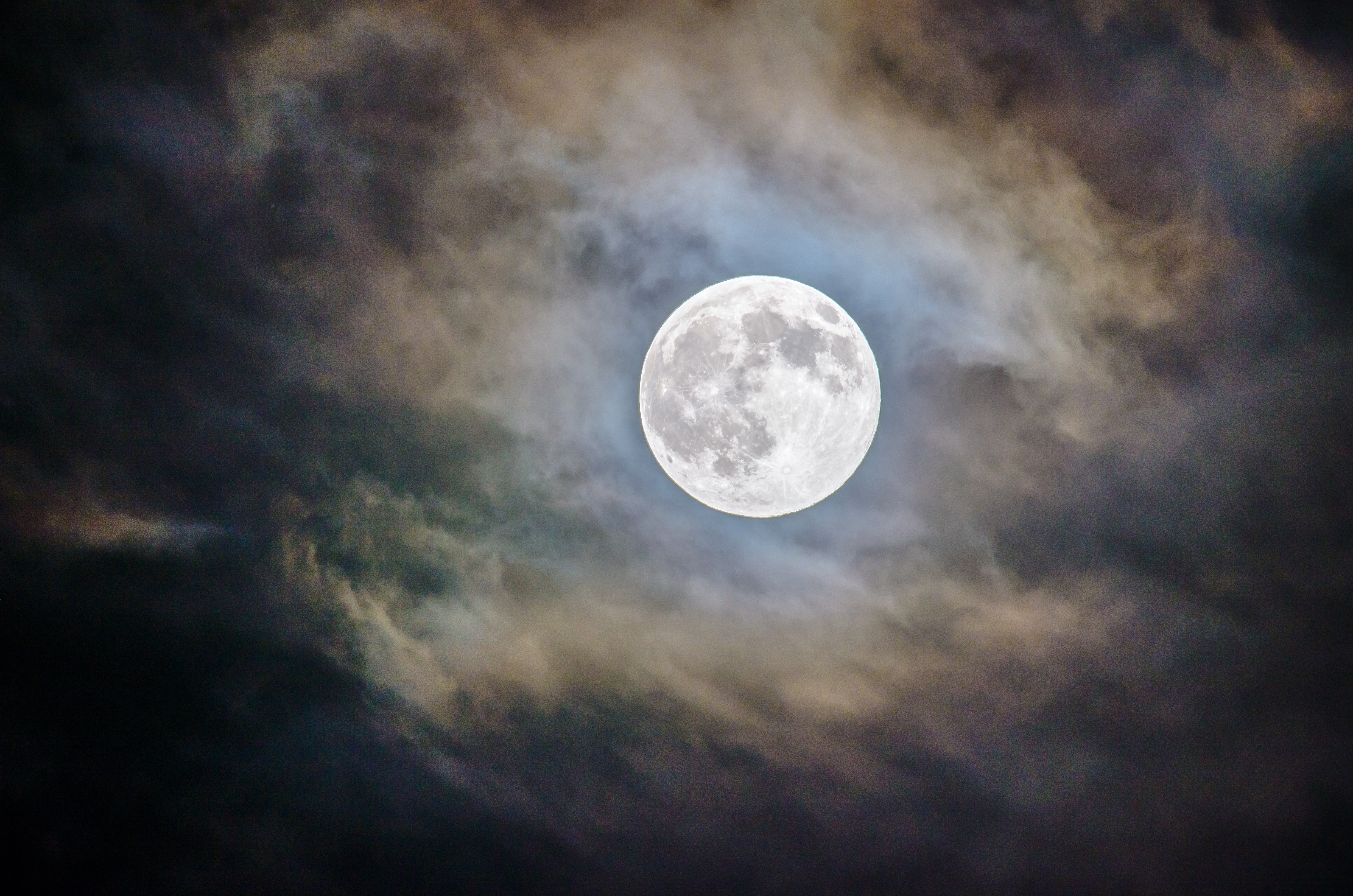Media release
From:
Planetary science: New analysis of Apollo sample illuminates the Moon’s evolution
The new analysis of a rock sample taken from the Moon during the Apollo 17 mission is reported in Nature Communications. The findings reveal new information about the complex cooling and evolutionary history of the Moon.
Apollo 17 astronauts collected the rock sample troctolite 76535 from the Moon’s surface in 1972, and it remains one of the most scientifically valuable samples of the Moon due to its pristine nature.
William Nelson and colleagues examined troctolite 76535 using modern high-resolution analytical techniques. The authors measured the concentration of phosphorus within the rock and found that diffusion patterns preserved in mineral grains were consistent with a rapid cooling history of around 20-million-years at high temperatures. This finding challenges previous estimates of a 100-million-year cooling duration and supports initial rapid cooling of magmas within the lunar crust. The findings suggest that the early evolution and cooling history of the Moon is more complex than previously thought, the authors argue. The study demonstrates the value of re-examining old lunar samples and how quickly new data can reshape our understanding of planetary evolution.
In an accompanying Comment piece, Tabb Prissel and Kelsey Prissel further emphasize the importance of re-examining old lunar samples using new analytical techniques. The authors also provide an outlook on ongoing and near-future lunar sampling missions to improve our understanding of the Moon’s history.



 International
International



